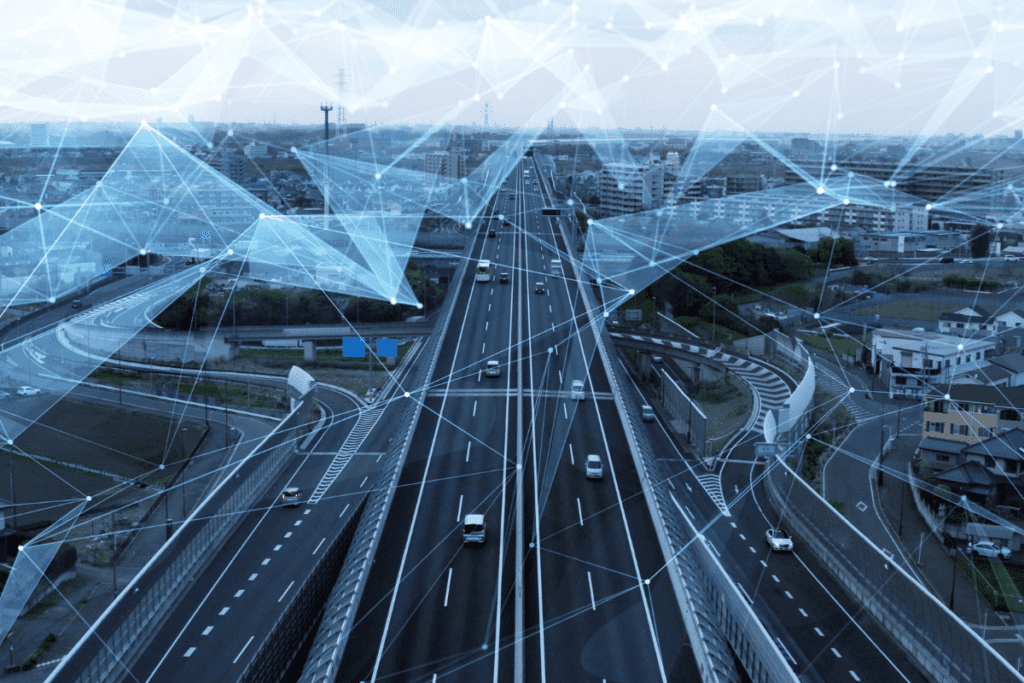Transportation is an essential part of our daily lives, but it is also a significant contributor to energy consumption and greenhouse gas emissions. According to the International Energy Agency (IEA), the transportation sector is responsible for approximately 24% of global energy-related CO2 emissions. Therefore, reducing energy consumption in transportation is crucial to mitigate the impact of climate change.
In this blog post, we will discuss the impact of transportation on energy consumption and ways to reduce it.
The Impact of Transportation on Energy Consumption
Transportation is one of the largest consumers of energy globally. The primary sources of energy used in transportation are gasoline, diesel, and aviation fuel. The burning of these fuels releases carbon dioxide and other harmful pollutants into the atmosphere. In addition, the increasing demand for transportation has led to the construction of more roads, highways, and airports, which also require significant amounts of energy to build and maintain.
Ways to Reduce Energy Consumption in Transportation
- Improve fuel efficiency: One of the most effective ways to reduce energy consumption in transportation is to improve fuel efficiency. This can be achieved by using more efficient engines, lightweight materials, and aerodynamic designs. Hybrid and electric vehicles are also gaining popularity as they use less energy than traditional gasoline or diesel-powered vehicles.
- Promote public transportation: Encouraging the use of public transportation can significantly reduce energy consumption and greenhouse gas emissions. Public transportation, such as buses and trains, can carry a large number of people at once, reducing the number of individual vehicles on the road. Governments can promote public transportation by providing subsidies or tax incentives to operators and passengers.
- Encourage active transportation: Active transportation, such as walking and cycling, is a sustainable and healthy way to travel. It reduces energy consumption, and greenhouse gas emissions, and promotes physical activity. Governments can encourage active transportation by investing in infrastructure such as bike lanes and pedestrian paths.
- Implement smart transportation systems: Smart transportation systems use technology to optimize traffic flow and reduce congestion, thereby reducing energy consumption. For example, intelligent transportation systems (ITS) can improve the efficiency of traffic signals and provide real-time information to drivers, reducing travel times and fuel consumption.
- Use alternative fuels: Alternative fuels, such as biofuels, hydrogen, and natural gas, are gaining popularity as they emit fewer greenhouse gases than traditional fuels. The use of alternative fuels can significantly reduce energy consumption and greenhouse gas emissions in the transportation sector.

Reducing energy consumption in transportation is essential to mitigate the impact of climate change. Governments, businesses, and individuals must work together to promote sustainable transportation solutions. By improving fuel efficiency, promoting public transportation, encouraging active transportation, implementing smart transportation systems, and using alternative fuels, we can reduce our reliance on fossil fuels and create a more sustainable future.


